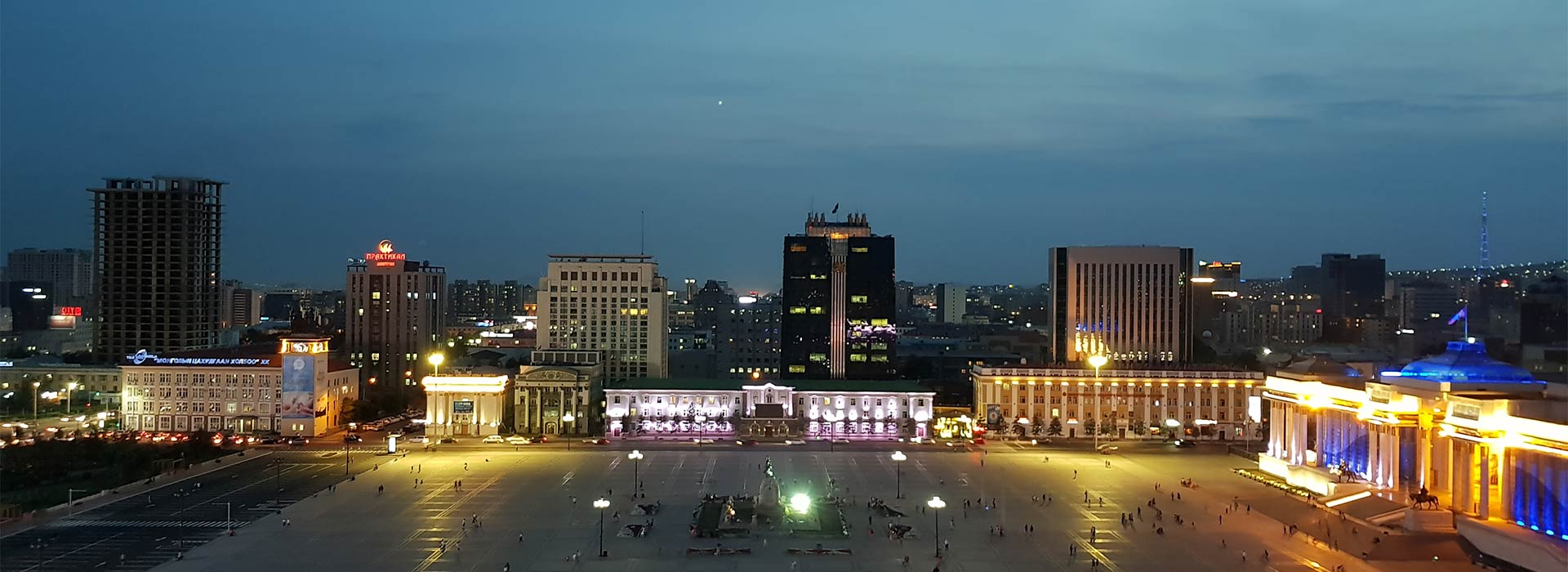
TOP 5 REASONS TO TRAVEL IN MONGOLIA
The Mongolians are warm-hearted and sincere. They welcome strangers travelling to stay for the night in their ger and treat them to milk tea, food and airag/khomis. The guests are given a warm send-off by the hosts and prayed for their safe journey. Visitors have traditionally greeted warmly because, in the past, harsh travelling conditions made nomads rely on each other. Also, travellers were the main sources of news from the outside world. Here are some Mongolia’s basic do’s and don’ts.
Mongolian Greetings
Mongolians are comfortable shaking hands with Westerners as a greeting, and everyday greetings include “Sain bainu?” (“How are you?”) and “Saixan namarjinuu?” (“Are you having a good autumn?”). In response to the first inquiry, you are expected to always answer in the positive: “Sain sain” (“I’m well”). Also, Mongolians when they are close they are comfortable giving each other hugs.
The traditional Mongolian greeting, especially in the countryside, is for a young person to hold out his arms, palms up, and grasp the older person just in front of the elbows. The older person does the same thing except with his palms down. This style of greeting is associated mostly with the Lunar New Year or when people meet for the first time in the new year. It usually is performed only by close relatives and friends. Also, the older person give traditional kiss by giving quick sniffing on forehead or both cheeks.
“Presenting the Hadag” is an essential welcoming gesture. Hadag is a strip of silk or cotton used as a greeting gift among both Tibetans and Mongolians. Mongolian hadag is sky blue, but shades like white and light yellow occur as well. When one is lucky enough to be presented a hadag, one should grasp it gently in both hands while bowing slightly. The giving/ receiving of hadag is an outward sign of mutual respect, something that is very important in Mongolian culture.
Mongolia Customs of Respect
To show respect when accepting something, use your right hand and hold right elbow with your left hand or use both hands together. Even if you are offered something, you don’t want you are expected to accept it and, at the very least, pretend to try it. Refusal or pushing something away is a severe breach of etiquette.
Hats are important in Mongolian culture, so never wear one indoors, especially in a temple or ger. Never touch another person’s hat, even if you are sliding it out of the way. It is also considered bad manners if you don’t take off your gloves or coat when inside, especially when eating or drinking. To do so is to imply your host is not being hospitable by providing adequate warmth.
It is impolite to come out directly and ask for something like directions. Don’t write a name with a red pen, don’t point with an index finger at anyone, don’t point with your feet, it is better to use your whole hand palms up to point at someone or something. If accidentally step on a foot, apologize profusely and shake their hand.
The head is considered the most sacred party of the body and the bottom of the feet is the dirtiest part of the body. One should not touch a person’s head, place a hand on the back of a chair in which someone is sitting, put feet on tables or chairs. If you accidentally touch someone with your foot or touch their head, apologize profusely. A great effort is made to avoid stepping over someone, food, utensils and sacred books. It is much more polite to ask someone to move than to step over them.
Ger Etiquette
A customary greeting when approaching a ger is “Nokhoigo Khorioroi” (“Hold the dog”) even you don’t see dog. Fierce dogs are often the first to appear when one approaches a ger. Knocking on the door is considered rude. There is a taboo about stepping on the threshold of the ger. When entering a ger Mongolians open the door flap with their right hand, from the right side. Doing otherwise invites bad luck. Some of the customs and taboos associated with gers also apply to houses.
When entering a ger, visitors are supposed to go to the left and sit on the ground, a stool, or a bed. The host family sits on the right. The back wall is reserved for the Buddhist altar and family pictures. Inside a ger, you are expected to relax and make yourself at home. It is fine to take a nap if you want. If you spend the night, point your feet towards the door.
Don’t touch or lean on the pillar, whistle, take food with your left hand, throw any trash in a fire, stand or sit in front or near the door, walk in front of an older person. Don’t roll up your sleeves in a ger and can be seen as inviting to a fight. These things are considered disrespectful and anger the spirits. It is customary for the guest to inquire of the host about their health, the well-being of their family, the state of their livestock, and the quality of the grass for their herds.
Pipe Smoking and Passing the Snuffbox
Mongolians traditionally offer each other snuff from their snuffboxes. It is considered rude to decline such an offer. Passing the snuffbox is an old tradition in Mongolian culture, and is the most common exchange of amenities when people meet. When one is a guest in a Mongolian home, the host will take out his snuffbox, open it and pass it to the guest. Its contents generally being very aromatic and consisting of a blend of tobacco and herbs. It is expected to sniff a tobacco’s aroma a little bit to better appreciate the snuffbox or put it under your nose to pretend it is sniffing. To be respectful, you should nod your head or give another sign of admiration. The snuffbox itself may be in any of several shapes, from the rectangular, square to the oval to the cylindrical, and with engravings whose artistry reveals the quality of the snuffbox. The snuffbox contains a small spoon made either of gold, silver, copper, ivory, or camel bone.
Mongolian Eating Customs
Mongolians don’t eat with chopsticks. They generally use a spoon, fork or just their hands. Boiled meat is passed around in a large communal bowl with a knife. People slice off a piece of meat with the most fat.
After entering a ger, guests are offered tea with milk and salt (depending on the region) in a bowl, and a plate with various cheeses and bread or cookies. Visitors are expected to take at least one small piece or a sip of what is offered to them. To do otherwise is considered very rude.
Mongolian Drinking Customs
When offered a glass of vodka dip you finger into it and flick it once towards the sky and once towards to the ground and some on your forehead in honor of local spirits. If you don’t want any vodka go through the same ritual, but put your finger to your forehead, say thanks and return the glass to the table.
Airag/khomis is usually spooned out of a large container and served in a large bowl. It is often cane be handed around in a communal bowl.
Religious Customs
Followers of Tibetan Buddhism walk around stupas, temples, sacred mountains or other objects of devotion in a clockwise direction one or an odd number times. Also, on top of the mountain or hill, there is a pile of large stones called Ovoo. You are expected to go around three times and adding new stones, praying for a safe journey and thanking local mountain spirit. In some Ovoos, you will find money, vodka bottles, hadag and skull of a horse. Don’t take prayer flags or hadag. Do not remove any objects from an altar or Ovoo. Don’t take photos during prayers and meditation. As a rule, don’t take pictures without permission and don’t use a flash. Don’t wear shorts or short skirts or hats in temples or monasteries.
What our guests say
We appreciate your feedback about our tours and services.



